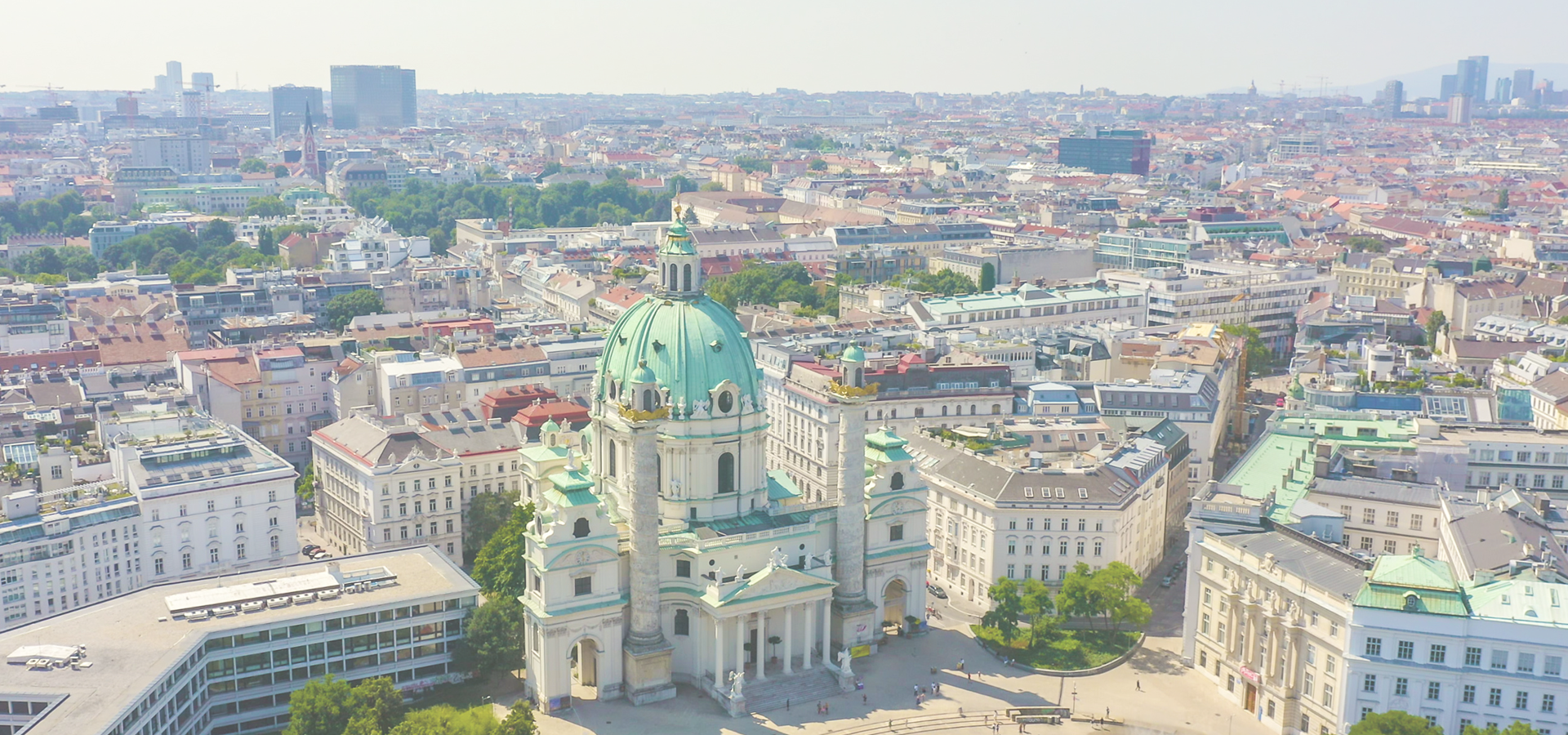Baden bei Wien, Lower Austria, Austria
🇦🇹 Baden, unofficially distinguished from other Badens as Baden bei Wien (Baden near Vienna), is a spa town in Austria. It serves as the capital of Baden District in the state of Lower Austria. Located about 26 km (16 mi) south of Vienna, the municipality consists of cadastral areas Baden, Braiten, Gamingerhof, Leesdorf, Mitterberg, Rauhenstein, and Weikersdorf.
In 2021, the town became part of the transnational UNESCO World Heritage Site under the name "Great Spa Towns of Europe" because of its famous medicinal springs and its architectural testimony to the international spa culture on the 18th and 19th centuries.
Geography and Geology Baden is located at the mouth of the Schwechat River's St Helena Valley (Helenental) in the Vienna Woods (Wienerwald) range. It takes its name from the area's 14 hot springs, which vary in temperature from 72 to 97 °F (22 to 36 °C) and contain mineral salts including calcium carbonate, calcium chloride and magnesium sulphate. They lie for the most part at the foot of Mt Calvary (Calvarienberg; 1,070 ft or 326 m) in the north-central part of town. These springs are caused by runoff from the Northern Limestone Alps and tectonic fissures within the Vienna Basin.
The highest point in the area is the Iron Gate (Eisernes Tor or Hoher Lindkogel), whose 2,825 ft (861 m) can be ascended in about three hours.
History The celebrity of Baden dates back to the days of the Romans, who knew it by the name of Aquae Cetiae or Thermae Pannonicae. Some ruins are still visible. The settlement was mentioned as Padun in a deed from AD 869. The nearby abbey of Heiligenkreuz's Romanesque church was constructed in the 11th century; it subsequently served as the burial place for members of the Babenberg family. The castle Rauheneck was constructed on the right bank of the river at the entrance to the valley in the 12th century; the castle Rauhenstein was built on the opposite bank at the same time. The town received its legal privileges in 1480. Although repeatedly sacked by Hungarians and Turks, it soon flourished again each time.
The town was largely destroyed by a fire in 1812 but was excellently rebuilt in a Biedermeier style according to plans by architect Joseph Kornhäusel, it is therefore sometimes referred to as the "Biedermeierstadt". Archduke Charles, the victor of Aspern, constructed the Château Weilburg at the foot of Rauheneck between 1820 and 1825. In the 19th century, it was connected to the railway running between Vienna and Graz, which led to thousands of Viennese visiting each year to take the waters, including members of the imperial family, who constructed extensive villas nearby. In 1820, the Sauerhof became the first freestanding spa hotel in Europe. The composer Ludwig van Beethoven stayed a number of times in Baden and his residences still form local tourist spots. The location at Rathausgasse 10 now forms a museum open to the public.[n 1] Mayerling, a hunting lodge about 4 mi (6.4 km) up the valley, was the site of Crown Prince Rudolf's murder-suicide in 1889. Its primary export in the 19th century were steel razors, which were reckoned of excellent quality.
The town boasted a theater, military hospital, and casino, all constructed in the late 1800s and early 1900s. The City Theater (Stadttheater) was built in 1909 by Ferdinand Fellner. By the time of the First World War, Baden was Vienna's principal resort: 20 000 came each year, double the town's local population. In addition to a modern "spa house" (Kurhaus), there were 15 separate bathing establishments and several parks. During the war, Baden served as a temporary seat of the Austro-Hungarian high command. A new casino in 1934 made the town the premier resort throughout Austria. The Château Weilburg was destroyed during World War II. After World War II, Baden served as the headquarters of Soviet forces within occupied Austria until 1955.
Transport Baden can be reached by the Süd Autobahn (A2). It has two rail stations: the Baden railway station for S-Bahn and regional trains, and the local Badner Bahn tram-train.
Europe/Vienna/Lower_Austria

Baden bei Wien has a population of over 26,286 people. Baden bei Wien also forms the centre of the wider Baden District which has a population of over 143,657 people.
To set up a UBI Lab for Baden bei Wien see: https://www.ubilabnetwork.org Twitter: https://twitter.com/UBILabNetwork
🇦🇹 Margareten 16.35
🇦🇹 Wiener Neustadt 16.217
🇸🇪 Norrköping 16.188
🇸🇮 Murska Sobota 16.166
🇵🇱 Nowy Tomyśl 16.133
🇦🇹 Neunkirchen 16.083
Locations Near: Baden bei Wien 16.2333,48
🇦🇹 Mödling 16.284,48.086 d: 10.3
🇦🇹 Meidling 16.33,48.174 d: 20.7
🇦🇹 Wiener Neustadt 16.217,47.8 d: 22.3
🇦🇹 Margareten 16.35,48.183 d: 22.1
🇦🇹 Hernals 16.267,48.217 d: 24.2
🇦🇹 Landstraße 16.383,48.183 d: 23.2
🇦🇹 Innere Stadt 16.367,48.2 d: 24.3
🇦🇹 Neunkirchen 16.083,47.733 d: 31.7
🇦🇹 Eisenstadt 16.519,47.846 d: 27.3
Antipodal to: Baden bei Wien -163.767,-48
🇹🇴 Nuku'alofa -175.216,-21.136 d: 16857.3
🇵🇫 Papeete -149.566,-17.537 d: 16390.3
🇦🇸 Pago Pago -170.701,-14.279 d: 16211.4
🇼🇸 Apia -171.76,-13.833 d: 16144.8
🇺🇸 Hilo -155.089,19.725 d: 12434.8
🇺🇸 Maui -156.446,20.72 d: 12338.9
🇺🇸 Maui County -156.617,20.868 d: 12324.2
🇺🇸 Wailuku -156.505,20.894 d: 12320.2